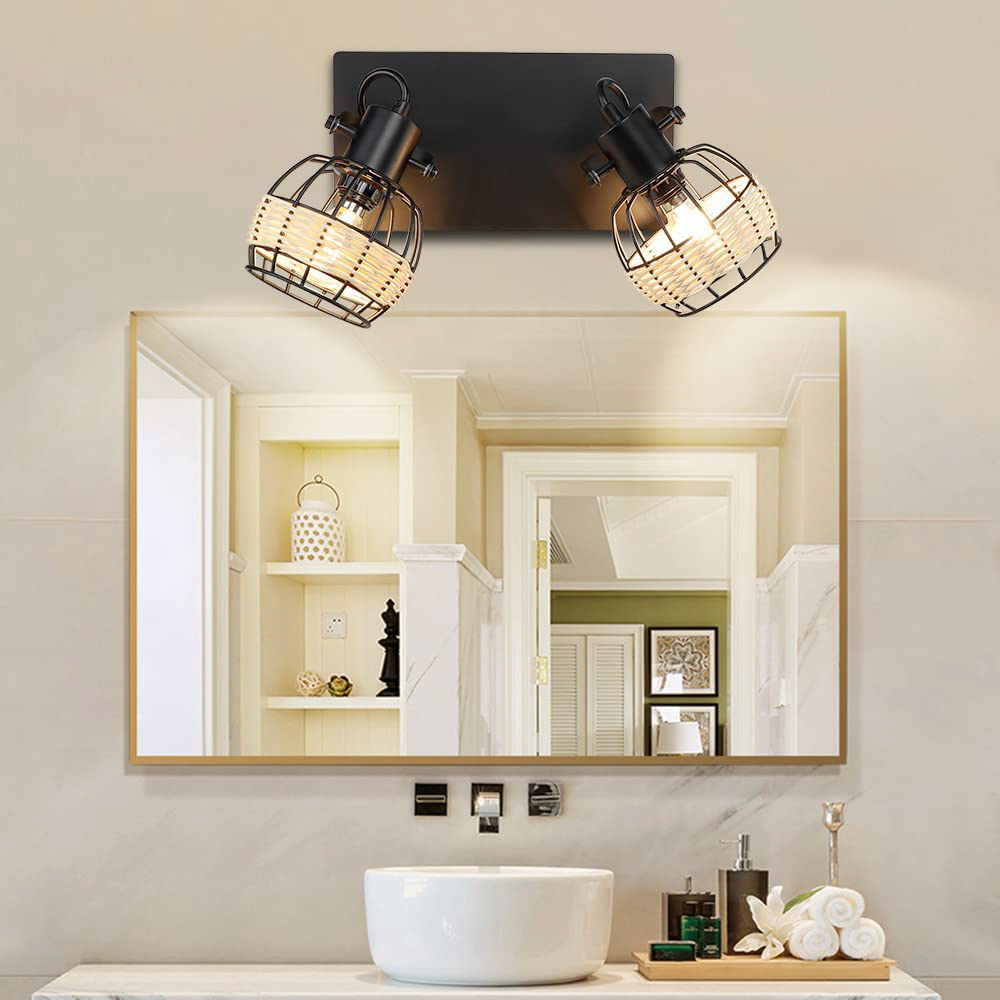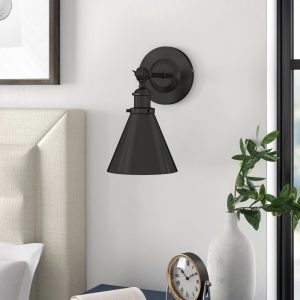
The Beauty of Organic Glass Art: Exploring the World of Sculpture and Design
Introduction
Organic glass art, also known as acrylic glass art, has become increasingly popular in recent years as a versatile material that can be used to create stunning sculptures and artworks. Organic glass, which is a type of plastic made from polymethyl methacrylate (PMMA), is flexible, lightweight, and durable, making it an ideal material for artists seeking to push the boundaries of traditional art forms. In this article, we will explore the unique properties and characteristics of organic glass art and showcase some of the remarkable artworks created using this material.
The Properties of Organic Glass
One of the key characteristics of organic glass is its transparency. Unlike other materials such as clay or stone, organic glass can be molded and sculpted to create intricate designs while still allowing light to pass through. This transparency can be used to great effect in sculptural pieces, with artists playing with light and shadow to create stunning visual effects.
Another property of organic glass is its versatility. It can be shaped and molded into a wide variety of forms and structures, allowing artists to push the boundaries of traditional sculpture and design. Its ability to be dyed and colored also means that artists can create artworks in a wide variety of colors and hues, from bold and striking to subtle and understated.
The Techniques of Organic Glass Art
Organic glass art requires a careful blend of technical skill and artistic vision to create truly stunning pieces. One of the key techniques used in organic glass art is heat bending, where the material is heated to a specific temperature and then shaped into the desired form. This technique requires precision and skill to create smooth curves and bends without causing the material to crack or warp.
Another commonly used technique is the use of adhesive bonding agents. Organic glass can be glued together to create larger structures and forms, with the adhesive helping to strengthen and stabilize the final piece. The use of bonding agents also allows artists to create intricate designs and patterns, as the pieces can be glued together with precision and accuracy.
The Artistic Applications of Organic Glass
Organic glass art has a wide range of applications in the art world, from small-scale sculptures to large-scale installations. It can be used to create abstract and minimalist pieces, as well as more intricate and detailed designs. Its transparency also means that it can be used to create unique lighting fixtures and installations that play with light and shadow.
One of the most notable uses of organic glass art is in architectural design. Organic glass can be used to create facades and cladding for buildings, allowing architects to incorporate stunning designs and patterns into their structures. Its durability and weather resistance also make it an ideal material for outdoor installations and art pieces.


